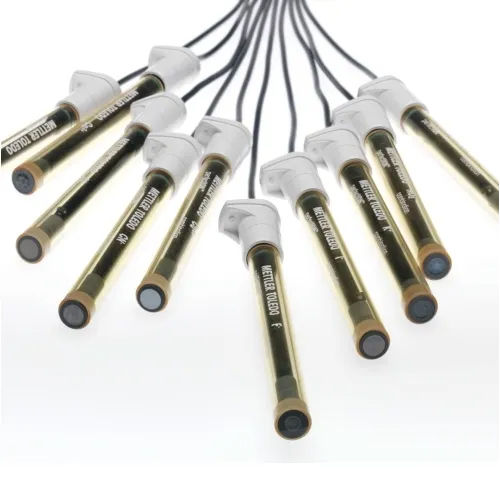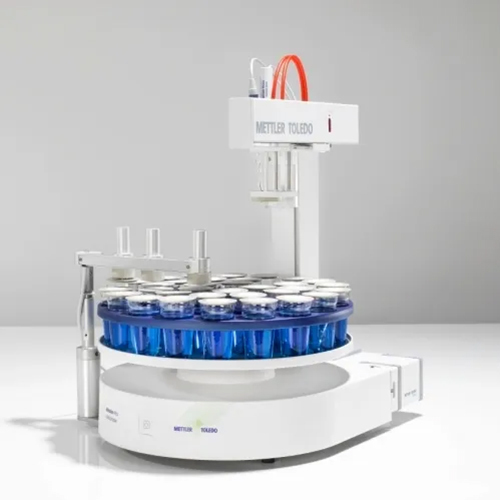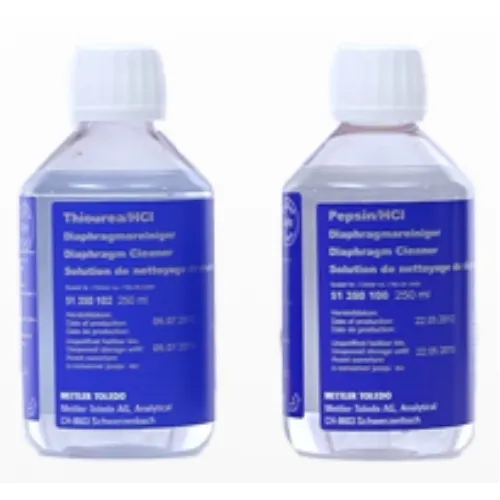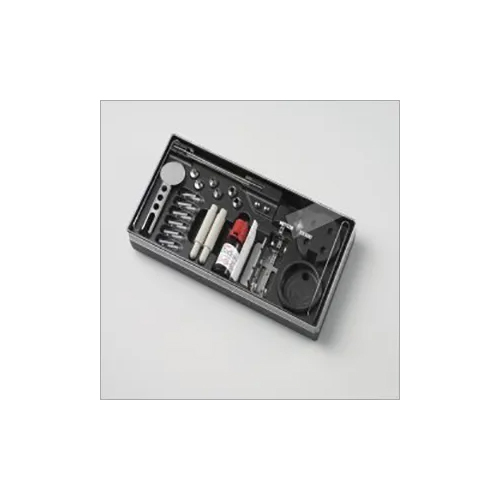Ion selective sensors (ISE)
Product Details:
Product Description
Ion selective sensors (ISE)
With the increased capability of modern titrators it is possible to automate the measurement of ion content in a matter of minutes using an ion-selective electrode (ISE). This can be achieved either by direct measurement or by incremental techniques such as standard addition or subtraction.
FAQ
1. Ion Selective Sensors (ISE): What Are They?
Ans - An instrument called an Ion Selective Sensor (ISE) measures the quantity of a particular ion in a solution. It operates by identifying the voltage differential between a reference electrode and the solution.
2. How does an ISE operate?
Ans - In an ISE, there are two electrodes: an ion-selective membrane on one and a reference electrode on the other. A substance sensitive to a certain ion in the solution is used to create the ion-selective membrane. The voltage difference between the two electrodes is then measured using the reference electrode. The voltage difference changes when the ion concentration in the solution does, and this can be used to measure the ion concentration.
3. What benefits come with using an ISE?
Ans - ISEs are incredibly adaptable and can be used to measure a variety of ions. They can measure concentrations down to a very small level and are also extremely accurate. They can be utilised in a number of settings and require very little care.
4. What drawbacks come with employing an ISE?
Ans - The cost of ISEs is relatively high, and maintaining and operating them requires some technical expertise. Additionally, they need routine calibration and may be impacted by other ions in the solution.
5. What kinds of ions can an ISE measure?
Ans - Numerous ions, including sodium, potassium, calcium, chloride, sulphate, and nitrate, can be measured using ISEs.

Price:
- 50
- 100
- 200
- 250
- 500
- 1000+
Other Products in 'Laboratory Consumables & Accessories' category
 |
Mettler-Toledo India Private Limited
All Rights Reserved.(Terms of Use) Developed and Managed by Infocom Network Private Limited. |
 English
English Spanish
Spanish French
French German
German Italian
Italian Chinese (Simplified)
Chinese (Simplified) Japanese
Japanese Korean
Korean Arabic
Arabic Portuguese
Portuguese






